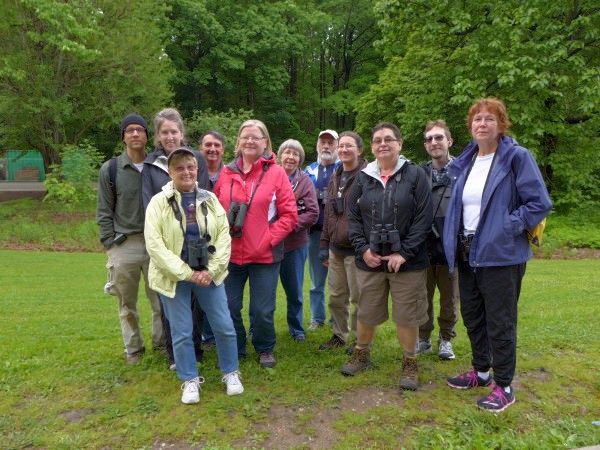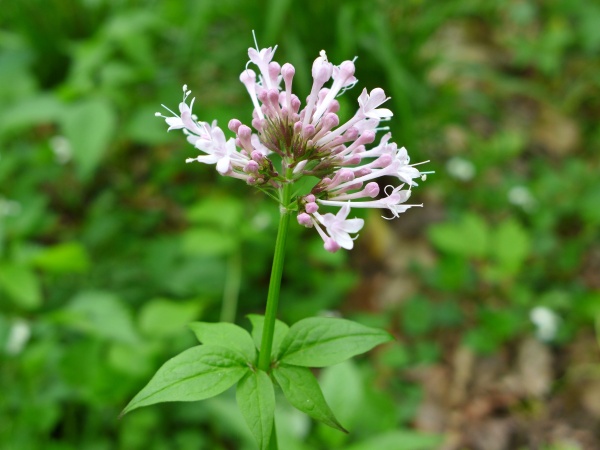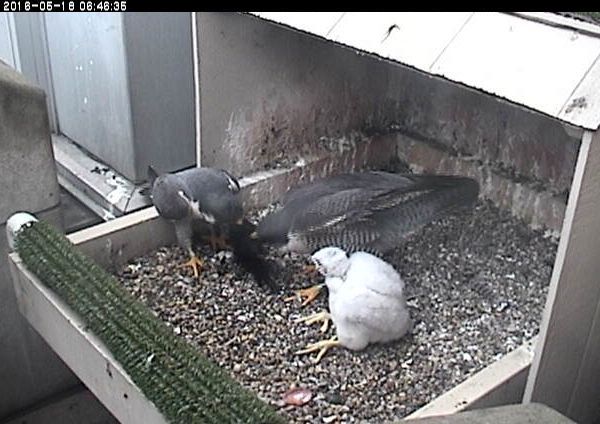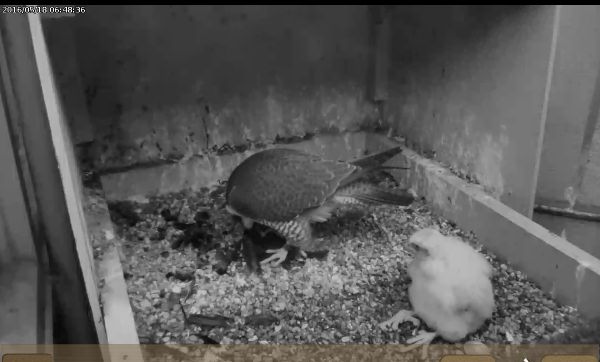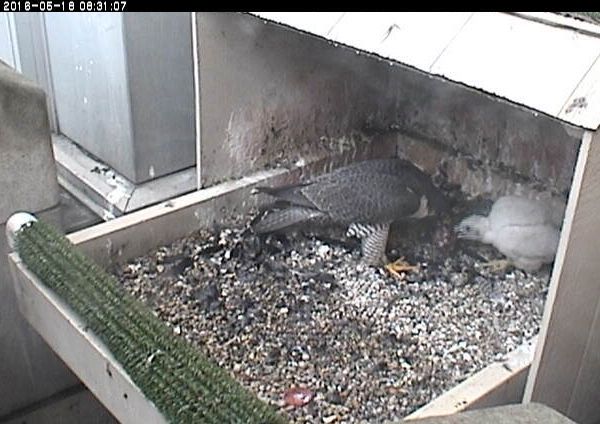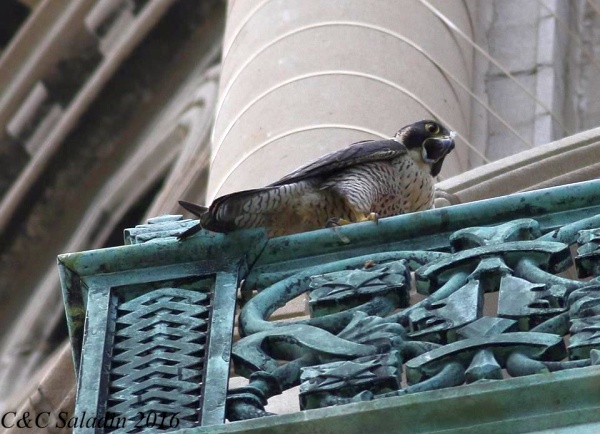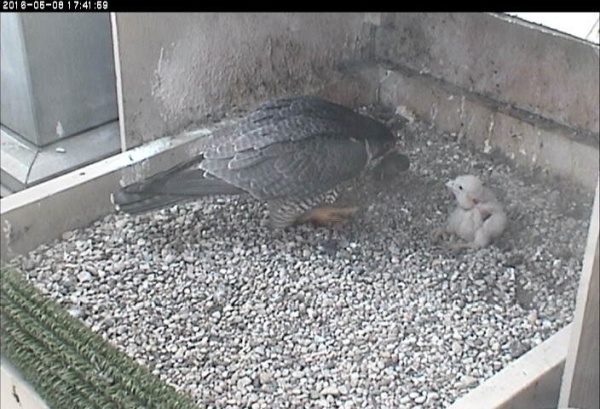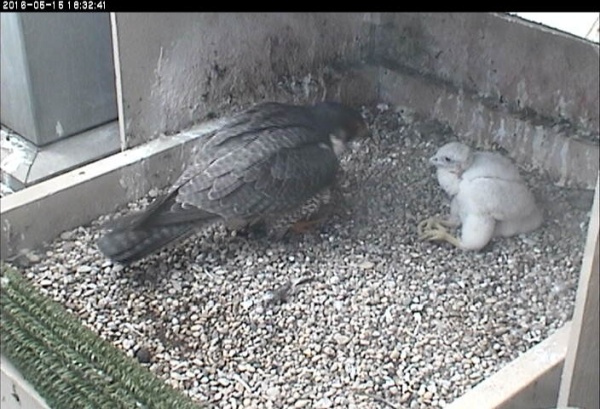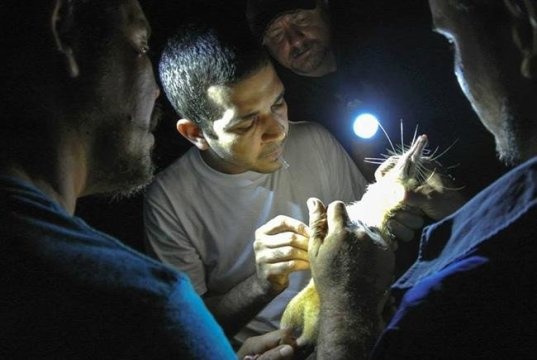
There are only 16 (maybe 17) venomous mammals on earth and more than half of them are endangered. One of the rarest is the Hispaniola solenodon (Solenodon paradoxus), native to Haiti and the Dominican Republic.
Solenodons are nocturnal mammals that look like large, big-footed shrews. They eat beetles, crickets, worms, snails and even birds and reptiles which they paralyze with a bite containing their venomous saliva. Interestingly, solenodons aren’t immune to each others’ venom so if they fight they succumb when scratched by the teeth of a combatant. (The Hispaniola solenodon is so poorly studied that we’re not even sure if it fights very often.)
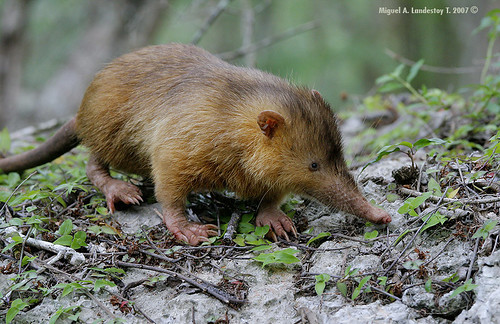
These mammals evolved in the absence of predators so they are slow, clumsy runners and tend to trip and fall when pursued. They are now so rare and so endangered that they’re expected to go extinct in the next 10-20 years because of habitat loss and predation by dogs, cats and humans.
With time running out for this animal, scientists wanted to sequence its DNA before it disappeared, and they had to catch it in a manner that was safe for the animal and for them. But how?
The researchers shown above caught the venomous mammal by allowing it to walk across their bodies at night in the forests of the Dominican Republic.
Yikes!
Read more here in Science Daily.
p.s. Did you know there’s a venomous mammal in Pennsylvania? The northern short-tailed shrew has venomous saliva that paralyzes its small prey. From Joseph Merritt’s Guide to the Mammals of Pennsylvania, “When humans are bitten, they may experience considerable irritation and swelling that could last up to three days.” Predators, including house cats, don’t eat this shrew because it smells so bad.
(photo credits:
top photo by Taras Oleksyk and Yashira Afanador of ZooDom veterinarian Adrell Nunez with solenodon.
photo of Hispaniola solenodon by Miguel A. Landestoy, linked from The Mantis Shrimp blog)
